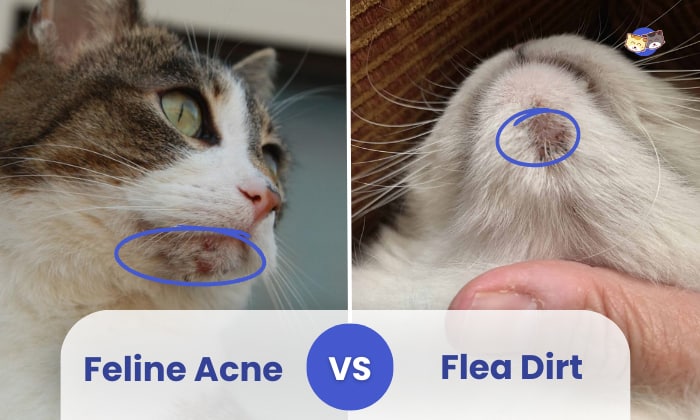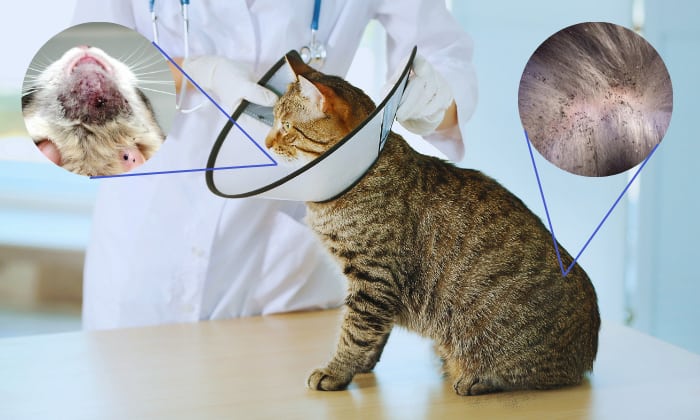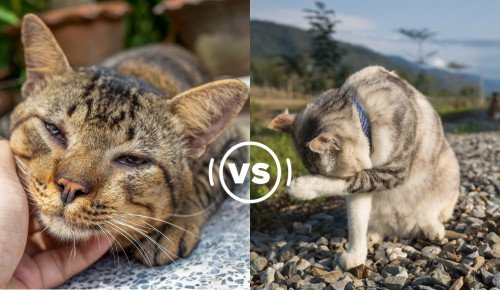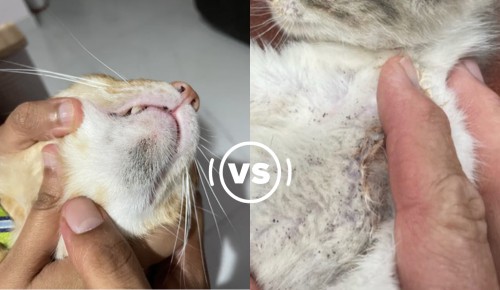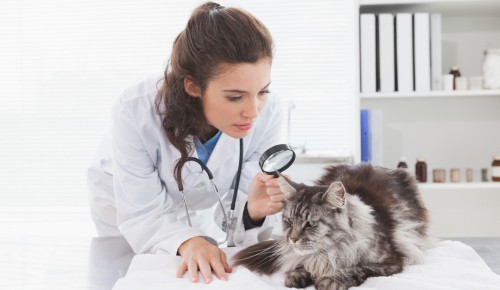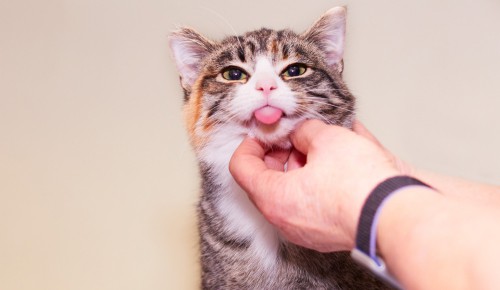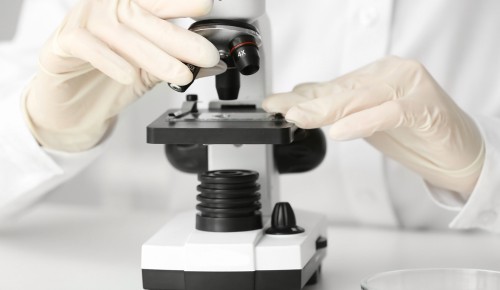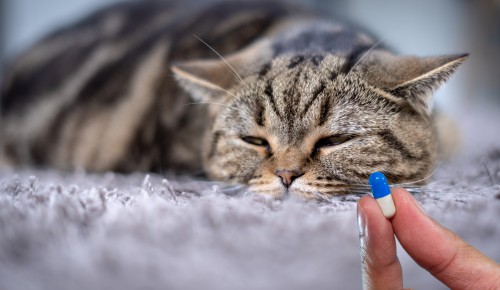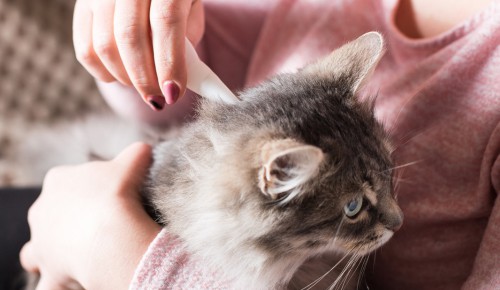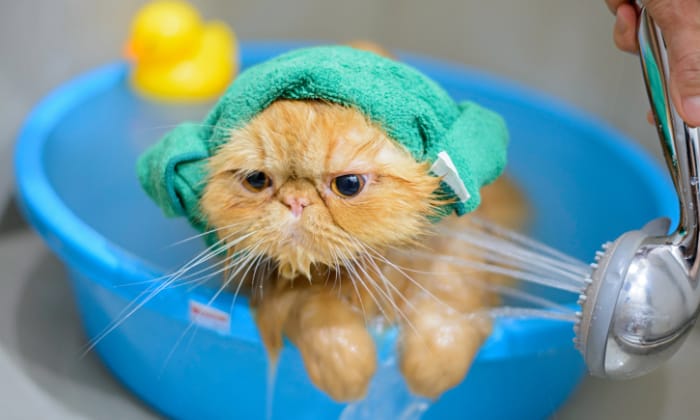This comprehensive article will be your go-to reference for deciphering the differences between “Feline Acne vs Flea Dirt.” As a cat owner, distinguishing between these diseases is critical to providing targeted and effective care.
We will decipher their specific definitions, underlying reasons, and indications, allowing you to distinguish each problem precisely.
To give you an insight, here’s a quick comparison table.
| Aspect | Feline Acne | Flea Dirt |
| Definition | a follicular keratinization condition | Tiny, black specks indicating the presence of flea infestation |
| Causes | Hormonal imbalances, stress, genetics, allergies, immune system | Presence of fleas on the cat’s fur |
| Symptoms | Blackheads, redness, swelling, discomfort | Small dark particles resembling pepper or dirt |
| Diagnosis | skin cytology to look for abnormal cells or germs | splatter the specks on white paper and wet them to see if it turns red |
| Visual Characteristics | mild red pimples | small brown-black flecks |
| Treatment | improve hygiene and use antibiotics | bath and use insecticide for the cat |
Table of Contents
Cat Acne and Flea Dirt Overview
This thorough investigation into the stark cat acne vs. flea dirt analyze their distinctive characteristics to pave the way for accurate identification and well-informed treatment approaches.
1. Definition
The development of blackheads is caused by feline acne, a puzzling condition with roots in follicular keratinization.
In stark contrast, the mystery of flea dirt is revealed as tiny, black specks in cat fur, not fleas, that resemble dirt grains or even flecks of black stuff and act as telltale signs that fleas are present, frequently hidden black spots on cats’ skin under fur.
2. Symptom
Mild red bumps that can develop into pus-filled forms are how feline acne often appears, and these are most commonly found around the dirty chin area. Feline acne has obvious blackheads, blending their presence with tones of redness, swelling, and irritation and primarily concentrating around the chin’s surface.
Flea dirt’s artistic strokes resemble tiny, active particles randomly dispersed across the cat’s coat. These particles cause a harmony of discomfort in the feline world, a carefully organized symphony of itching and unrelenting clawing.
Differentiate Feline Acne and Flea Dirt
Differentiating between cat chin mites vs. acne is essential for providing effective care in the area of feline health.
This in-depth comparison of feline acne and flea dirt on cats aims to highlight distinctive characteristics, permitting precise detection and tailored treatment plans.
1. Physical discomfort and reactions
Feline acne causes physical pain by developing blackheads, redness, and sometimes edema, frequently centered around the chin area but sometimes around the cat’s mouth.
Meanwhile, fleas are present in flea dirt, which causes continuous itching, scratching, and agitation. Furthermore, you will notice hairloss on the infested area.
2. Spread patterns and localization
The chin area is where feline acne typically localizes, and in some cases, more than one blackhead may appear there.
For flea dirt, the tiny brown-black flecks frequently go unnoticed at first and can be formed as flea poop on the cat’s chin. It is distinguished by its pervasive presence, sticking to the fur and covering numerous areas of the body.
3. Transmission source and origins
Usually not transmittable, feline acne is caused by internal factors, including hormone imbalances. Below are the common causes of this disease:
- Food/contact allergies
- Bad grooming
- Weak immune system, including the skin
- Keratin and sebum on the skin
- stress
Fleas transported into the environment from numerous sources result in flea dirt. Below are the common causes of fleas:
- Indoor infestation: dirty carpets, rugs, bedding, floors, walls, etc.
- External infestation: flea dirt from neighboring pets
- Moist wooden objects
- Long and itchy grass
4. Health implications
While feline acne is sometimes considered a cosmetic issue that could cause discomfort in extreme situations, flea dirt extends beyond appearances. It indicates future health problems by drawing attention to the presence of fleas, which can cause more severe repercussions if not treated quickly.
5. Diagnosis approach
Feline acne is diagnosed using techniques such as skin cytology, which meticulously examines cellular structures.
Visual evaluation supports the identification of various physical indications, especially around the chin area, where blackheads, redness, and inflammation may appear. By methodically ruling out other probable cat skin problems, the diagnosis procedure is further improved, resulting in accuracy.
On the other hand, identifying flea dirt is frequently a visual process that depends on spotting the distinctive look of tiny black dots within the fur. These dots are actually dried bloods, so water will turn them red.
We can use fine-toothed flea combs to find fleas or their remains in the fur. Also microscopic analysis of the collected particles can conclusively demonstrate the presence of flea dirt.
Discuss more here:
Does this look like feline acne or flea dirt?
byu/fairy0DDpanties incats
Treatment Options
1. Feline acne
Improved hygiene practices and medicated shampoos are the first things to do to treat feline acne. In more severe cases, administering topical antibiotics to address associated infections is the main component of the therapy strategy for feline acne.
2. Flea dirt
To treat flea dirt on cats, you need to completely eradicate fleas, which calls for a multifaceted strategy for the cat and its immediate surroundings.
You should wash and shampoo your cats thoroughly. Using a clean towel or cloth to gently wipe the chin area after meals reduces oil buildup and blackhead emergence.
Furthermore, cleaning the bedding, rugs, carpets, floors, and walls is vital to remove the flea dirt.
Preventive Measures
Along with maintaining good cleanliness, reducing stress, and offering a balanced diet full of vital nutrients, you can improve and invest on cat skin health and lessen the likelihood of developing acne.
Use of topical or oral flea preventatives can be integrated to increase protection and reduce the likelihood of infestations taking hold.
Conclusion
The path through the complexities of “Feline Acne vs Flea Dirt” reveals the vital resources for knowledgeable cat care. The thorough comparison that includes descriptions of the disorders’ definitions, causes, and indications clarifies how unique each is.
Cat owners can better distinguish between different species when they are aware of the subtle differences, which is made possible by visual cues and diagnostic techniques.
The breadth of available treatments—from better hygiene to tailored insecticides—and proactive methods like stress management highlight the proactive nature of carers.

I am Amy Sawy, a Doctor of Veterinary Medicine (DVM) graduate from the University of Kansas. y husband, Dr. Plummer, and I own a veterinary clinic in Phillipsburg, Kansas. In addition to my professional background, I am a devoted pet owner myself, with a household that includes dogs, rodents, and most notably, cats – a total of five felines in my home.
In 2020, I joined an organization as a professional writer, leveraging my experience and collaborating with my team to deliver the most valuable information for your cat’s care.


